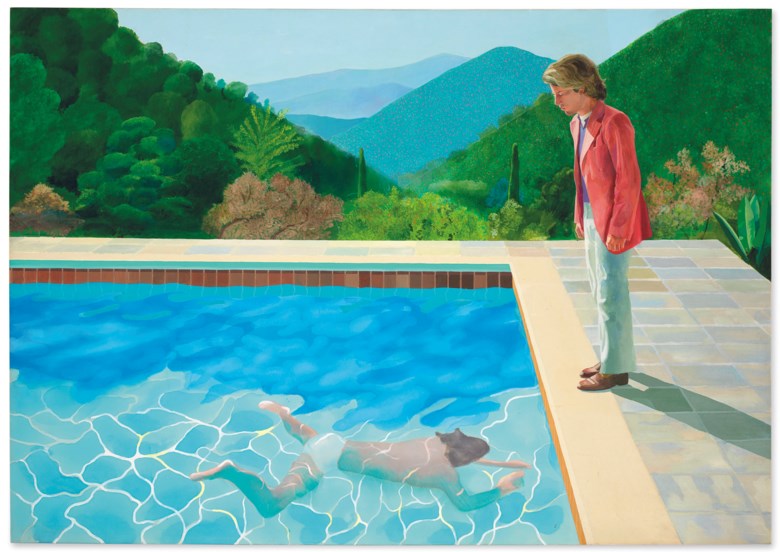Your Cart is Empty
WE SHIP OUR ARTWORK ACROSS NZ, AUSTRALIA, UNITED KINGDOM, EUROPE AND USA
- Shop All
- Shop By
-
Artists
- Aimee Del Valle
- Alan Majchrowicz
- Albena Hristova
- Aledanda
- Anthony Van Lam
- Avery Tillmon
- Chris Paschke
- Cielo Alegre
- Danhui Nai
- Diane Pascuel
- Debra Van Swearingen
- Dina June
- Heylie Morris
- Jan Griggs
- Janiel Hsieh
- Jeanette Vertentes
- Julia Purington
- Julianne Wade
- Kathrine Lovell
- Laura Horn
- Laura Marshall
- Leisa O'Brien
- Kylie Colquhoun
- Magna Designs
- Marco Fabiano
- Marilyn Hageman
- Megan Gallagher
- Melissa Hamlyn
- Mercedes Lopez Charro
- Michael Mullan
- Michelle Hallinan
- Nathan Larson
- Omar Escalante
- Sillier Than Sally
- Sylvia Garcia Lopez
- Sue Schlabach
- Valerie Khoo
- Vinaya Muralidharan
- Wild Apple
- About Us
- Reviews
- FAQ
- Gift Cards
- Contact
- Login
WE SHIP OUR ARTWORK ACROSS NZ, AUSTRALIA, UNITED KINGDOM, EUROPE AND USA
- Shop All
- Shop By
- Artists
- Aimee Del Valle
- Alan Majchrowicz
- Albena Hristova
- Aledanda
- Anthony Van Lam
- Avery Tillmon
- Chris Paschke
- Cielo Alegre
- Danhui Nai
- Diane Pascuel
- Debra Van Swearingen
- Dina June
- Heylie Morris
- Jan Griggs
- Janiel Hsieh
- Jeanette Vertentes
- Julia Purington
- Julianne Wade
- Kathrine Lovell
- Laura Horn
- Laura Marshall
- Leisa O'Brien
- Kylie Colquhoun
- Magna Designs
- Marco Fabiano
- Marilyn Hageman
- Megan Gallagher
- Melissa Hamlyn
- Mercedes Lopez Charro
- Michael Mullan
- Michelle Hallinan
- Nathan Larson
- Omar Escalante
- Sillier Than Sally
- Sylvia Garcia Lopez
- Sue Schlabach
- Valerie Khoo
- Vinaya Muralidharan
- Wild Apple
- About Us
- Reviews
- FAQ
- Gift Cards
- Contact












